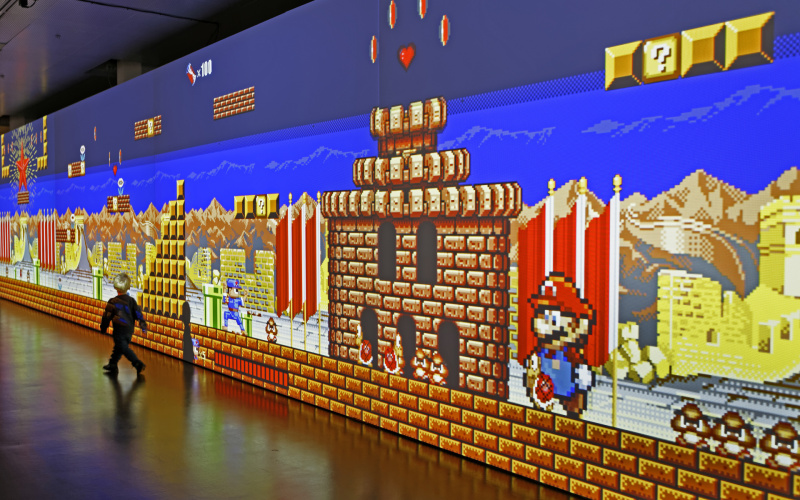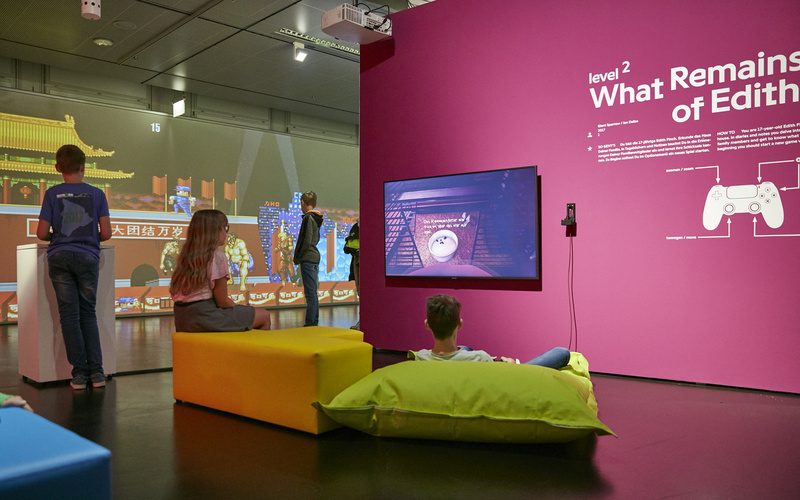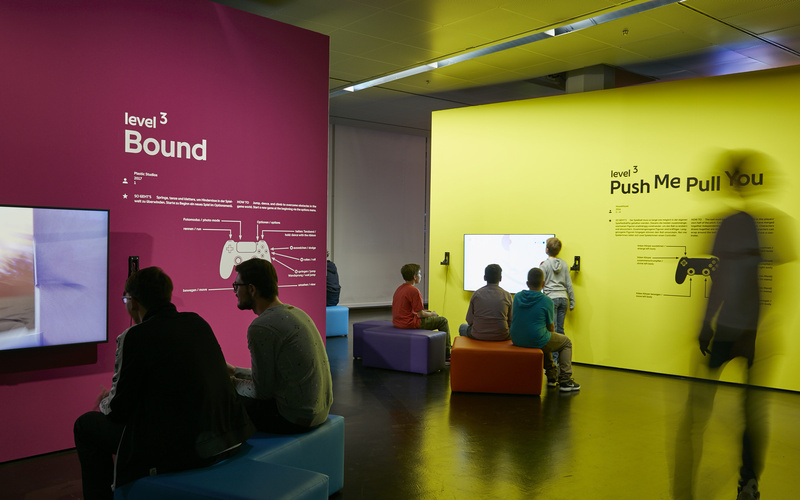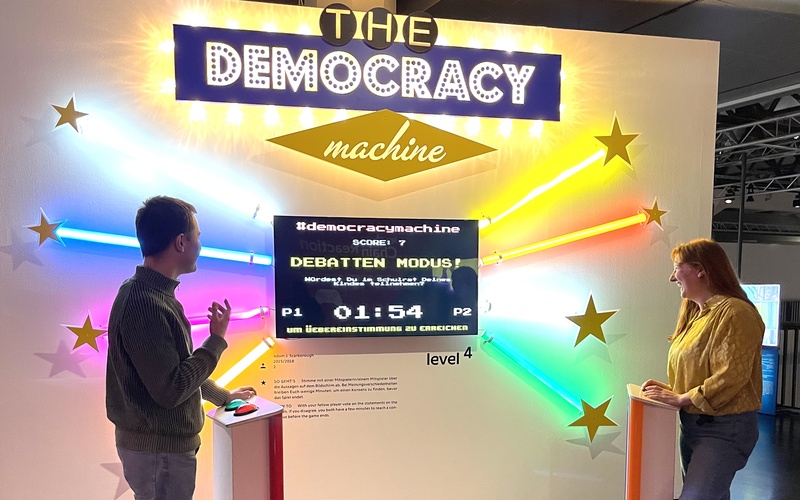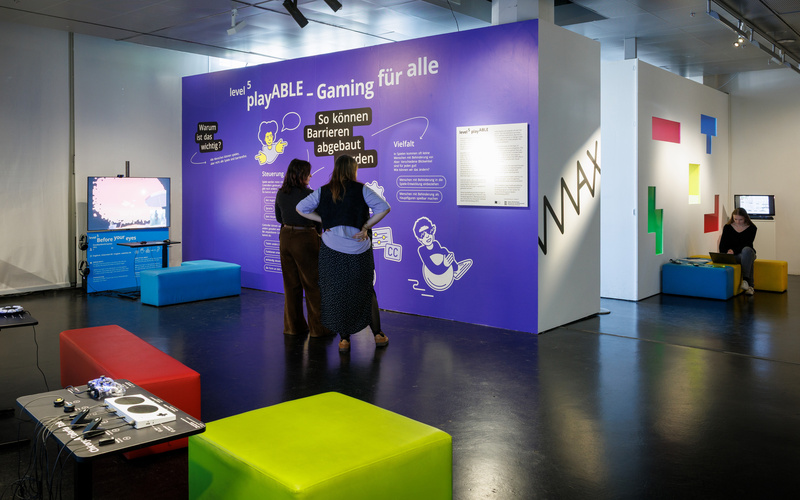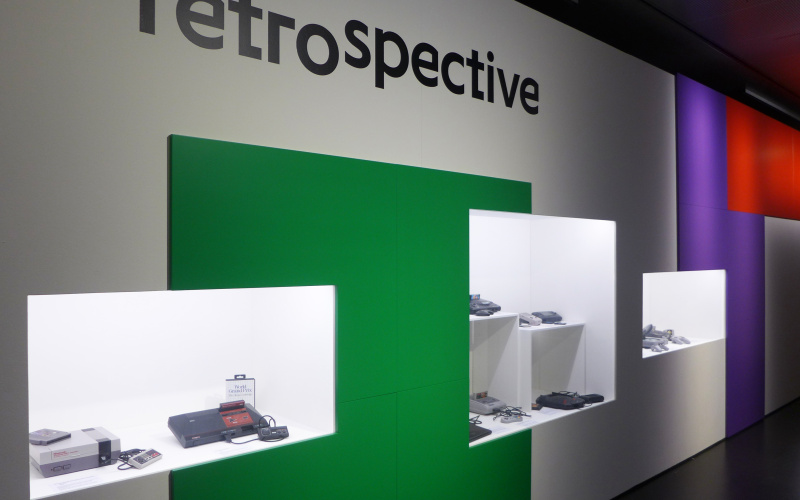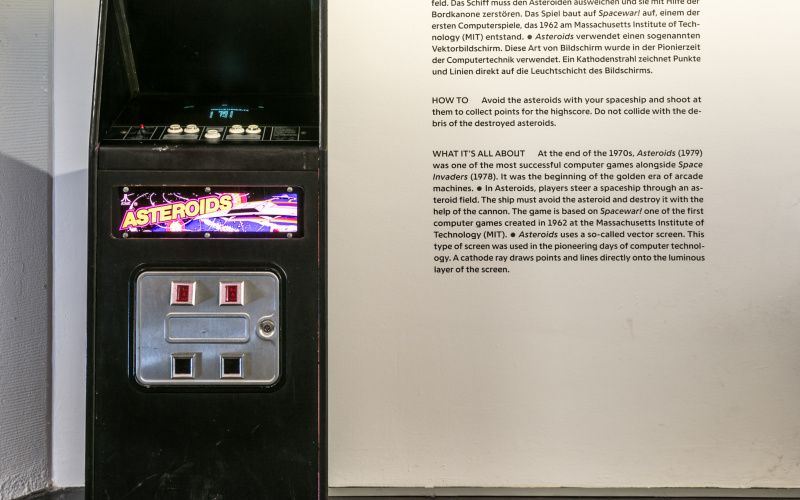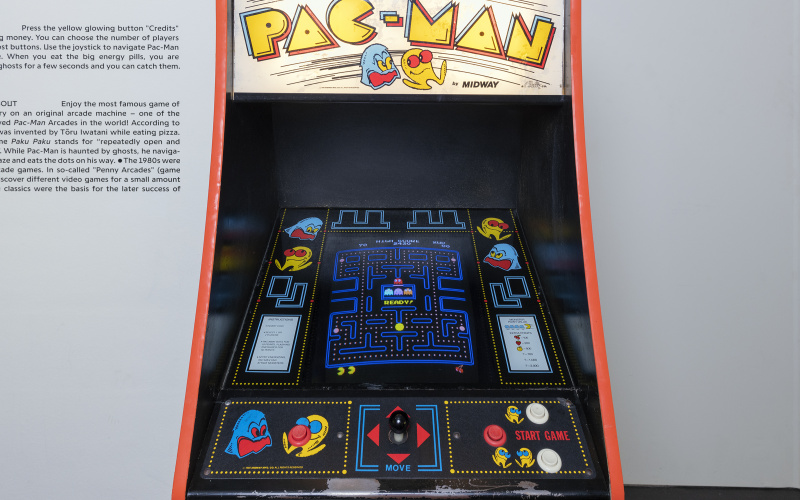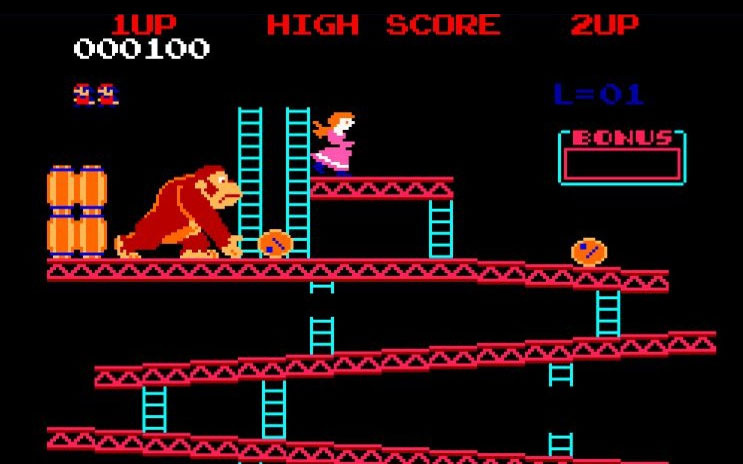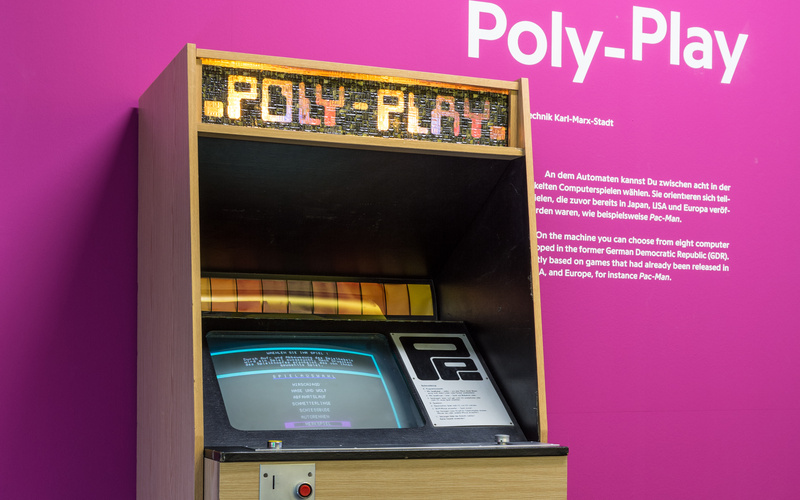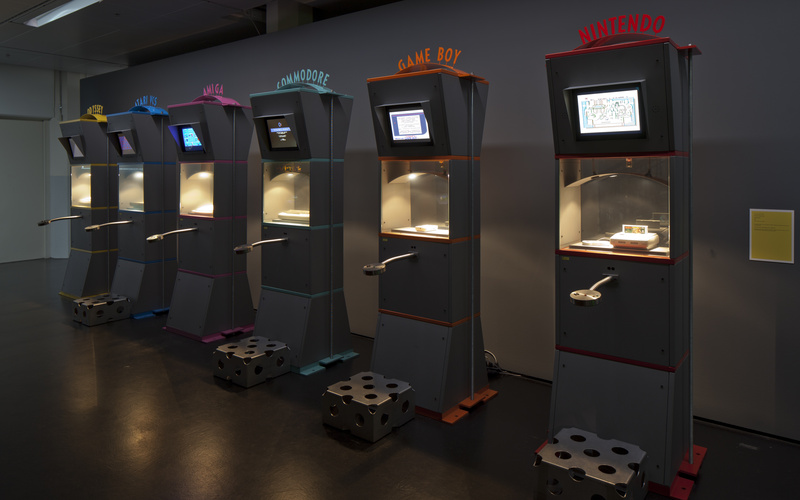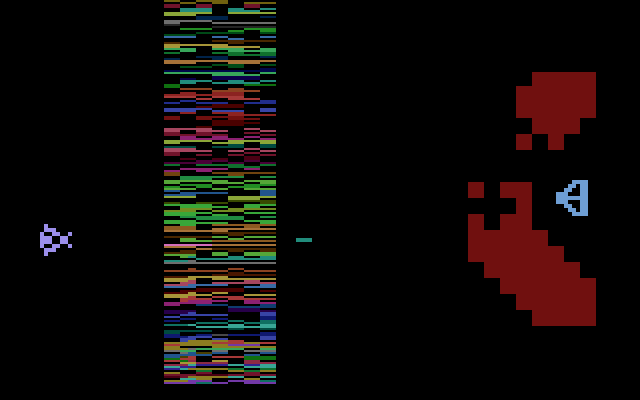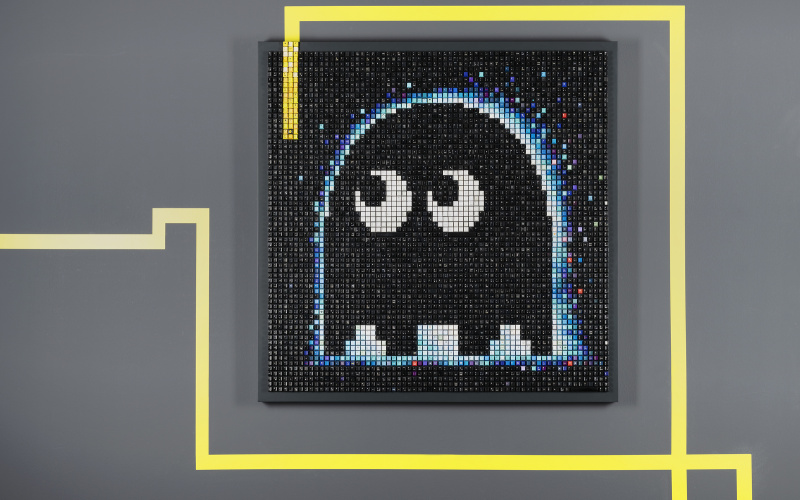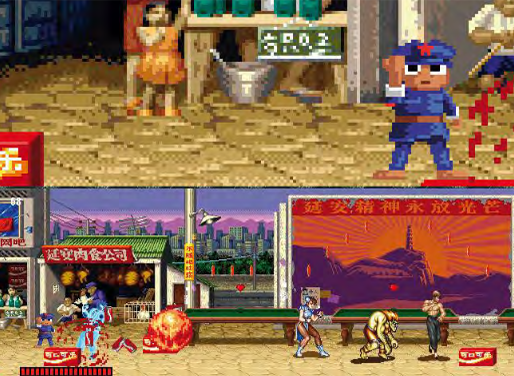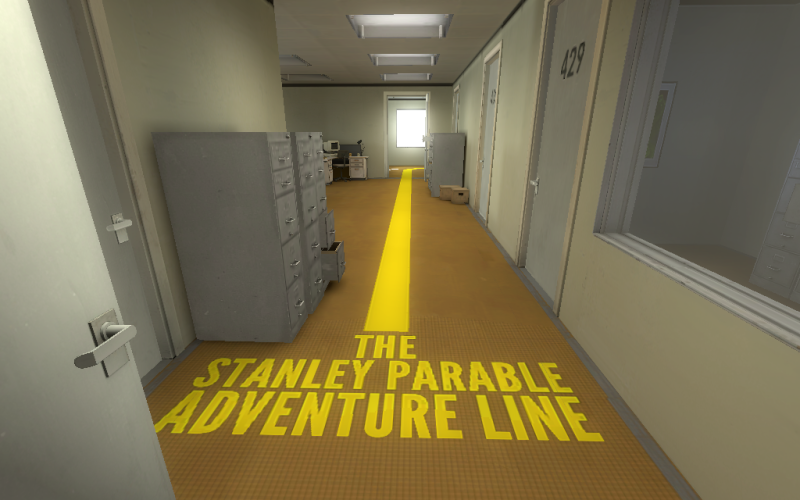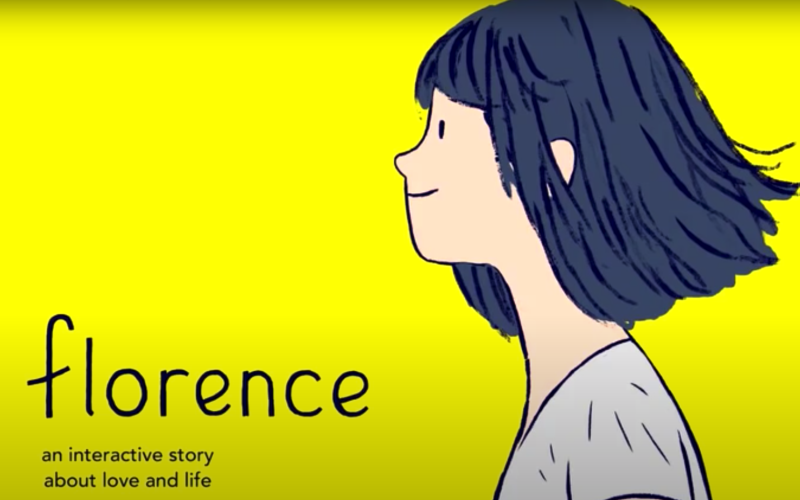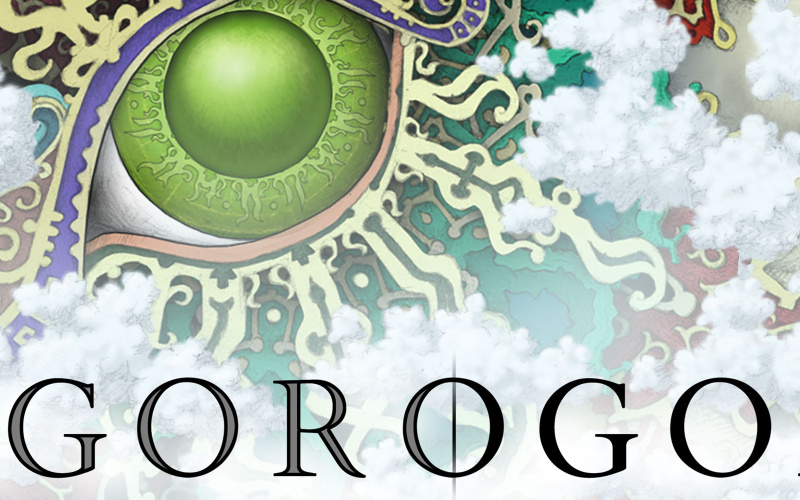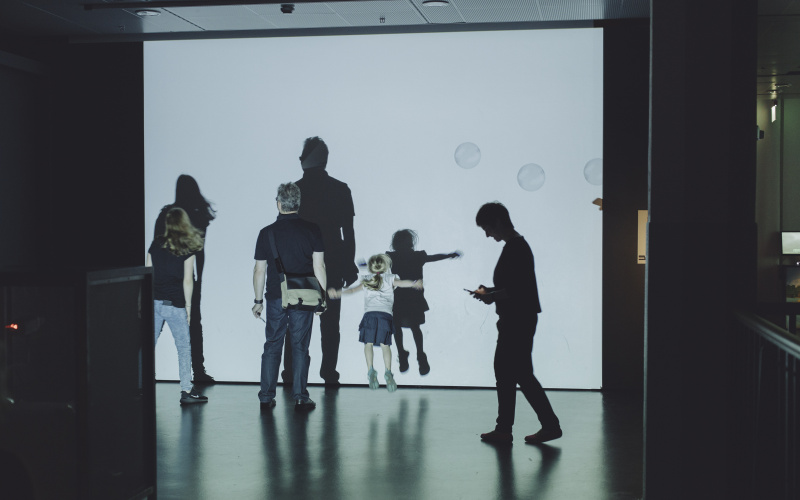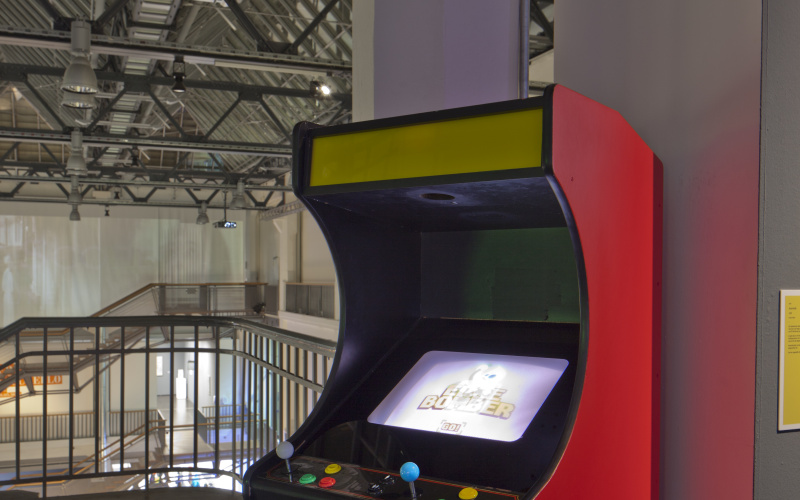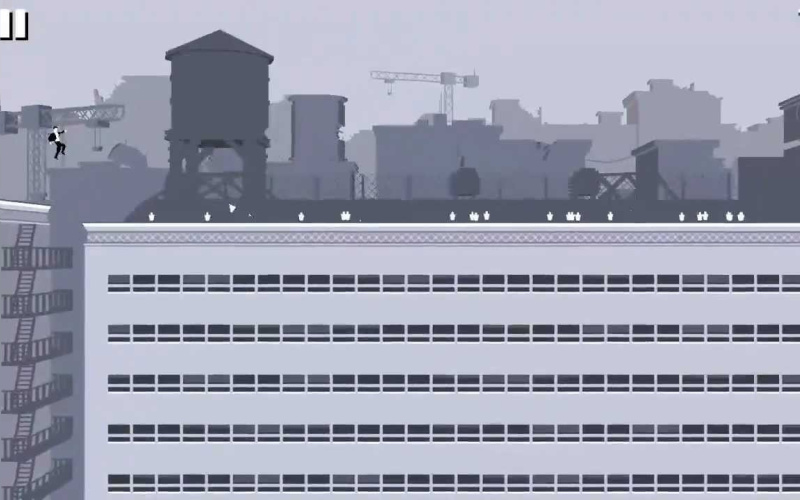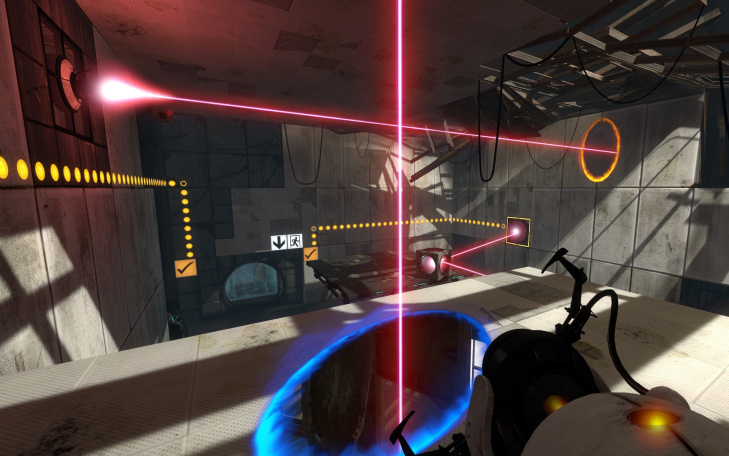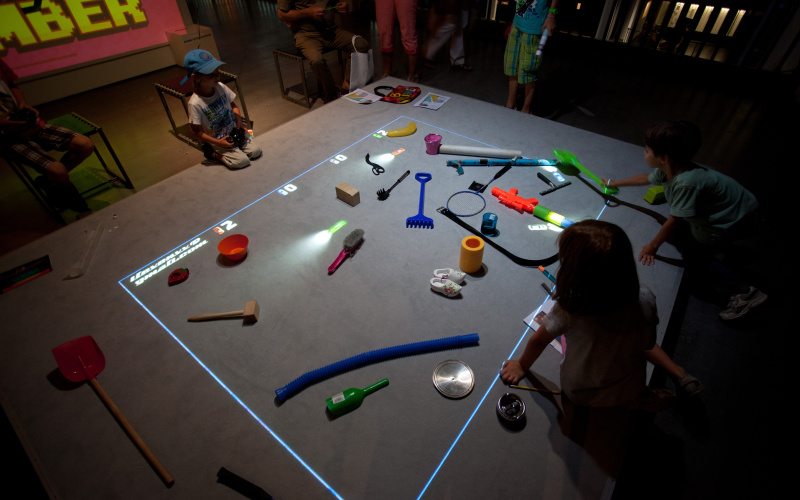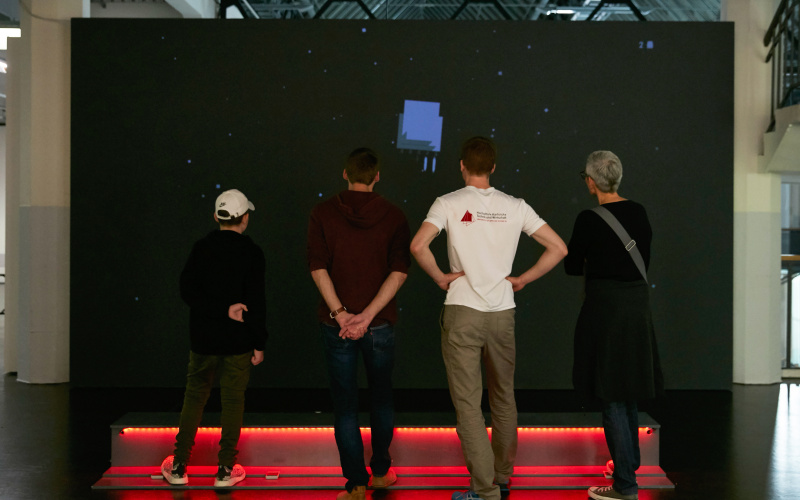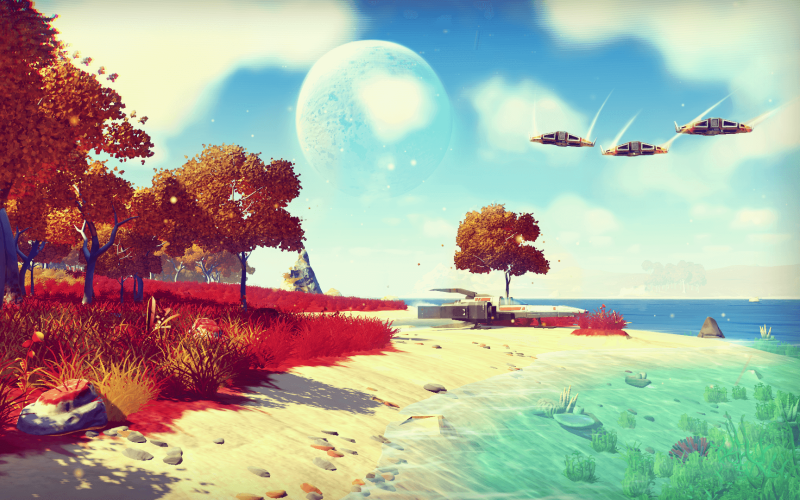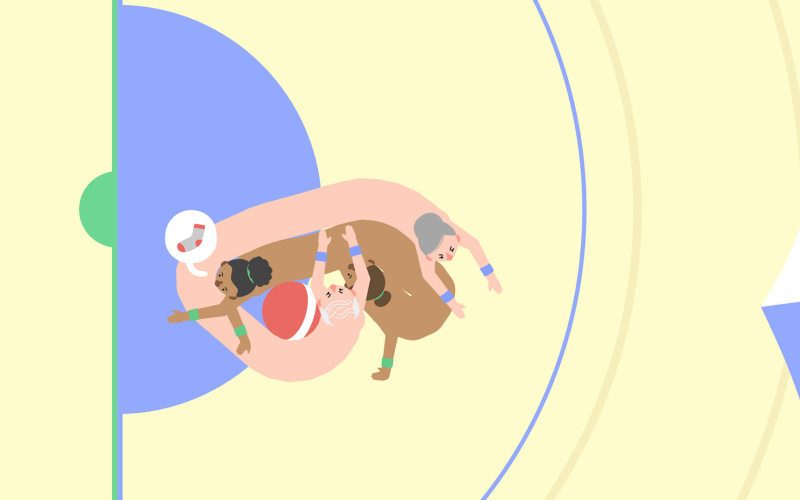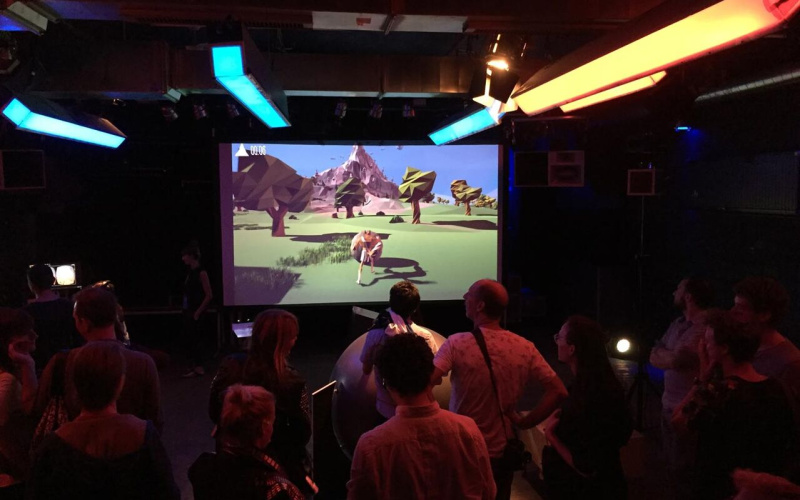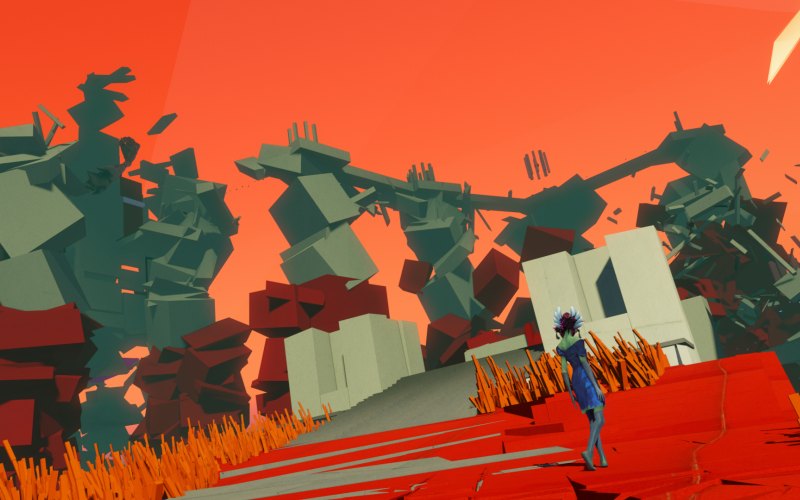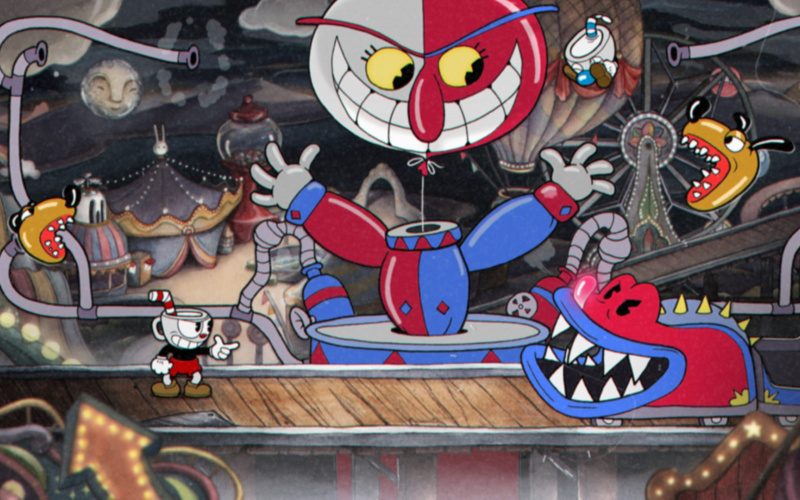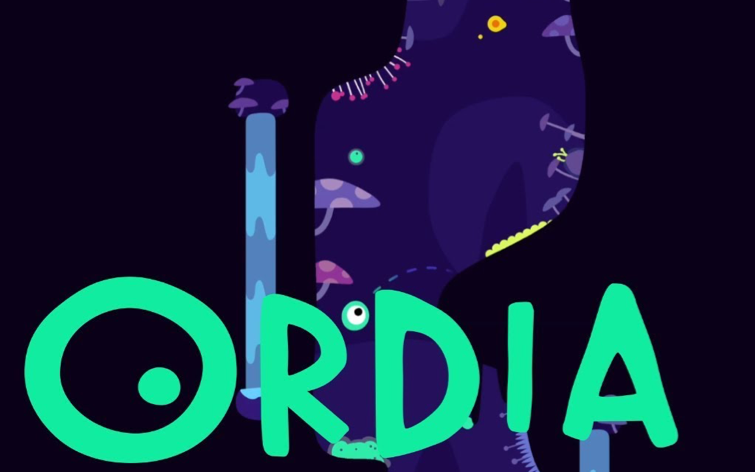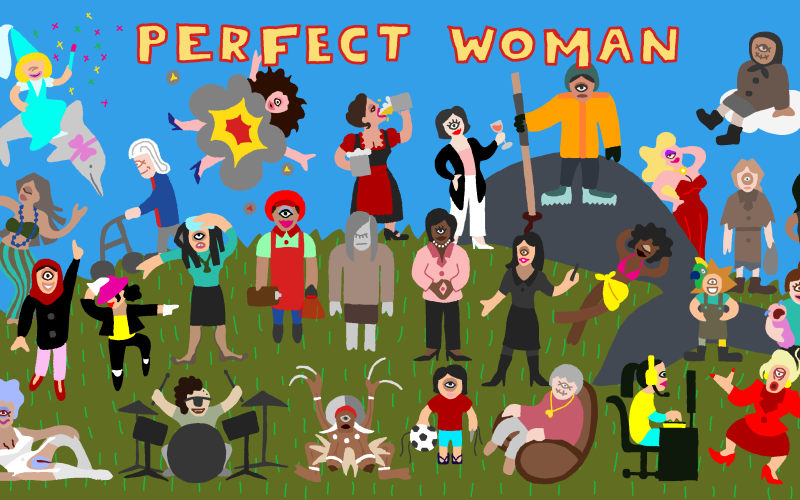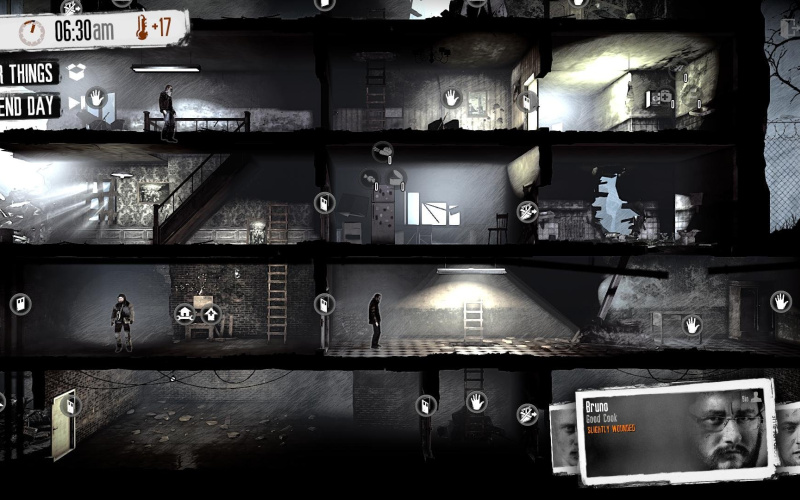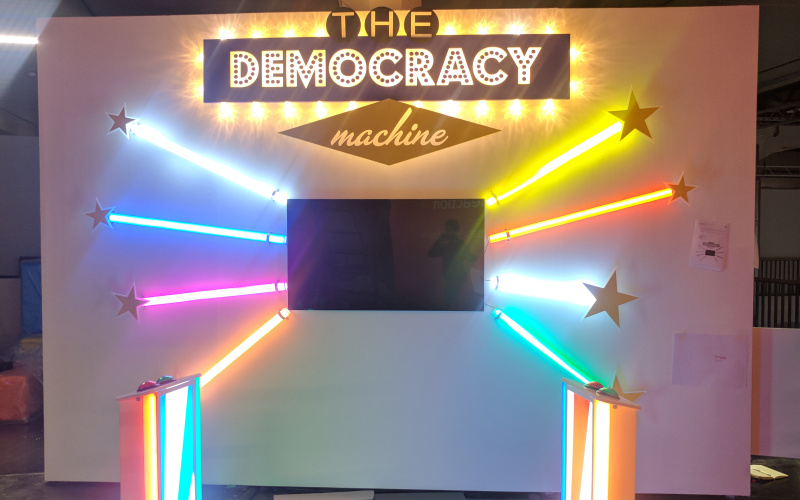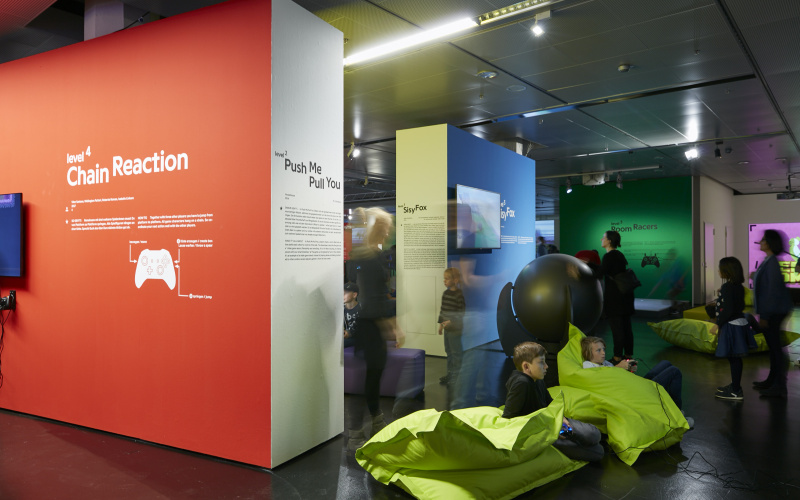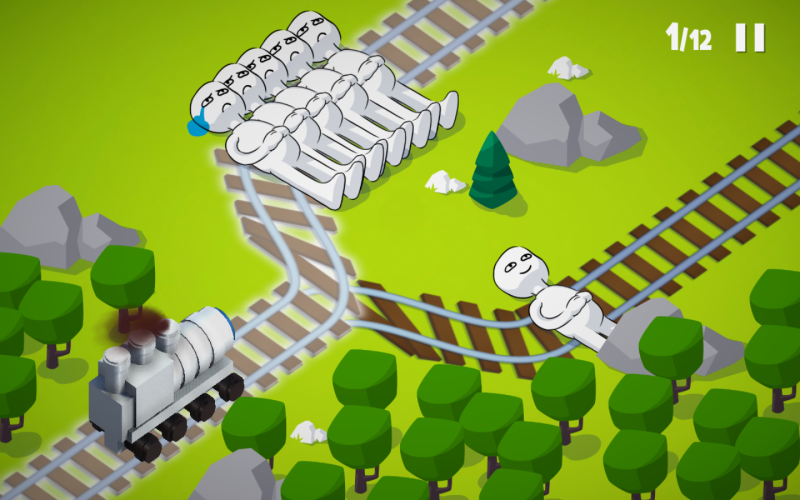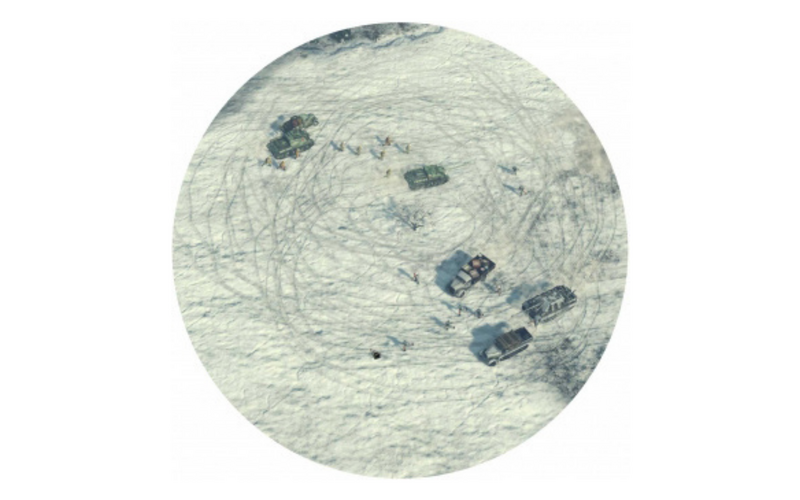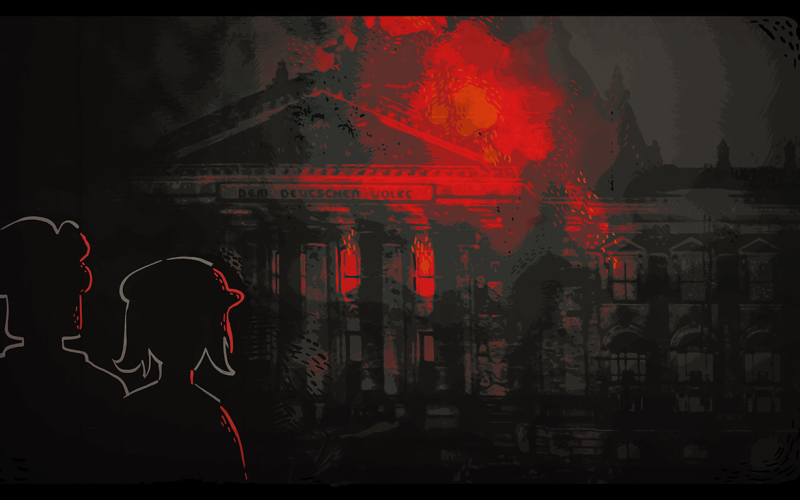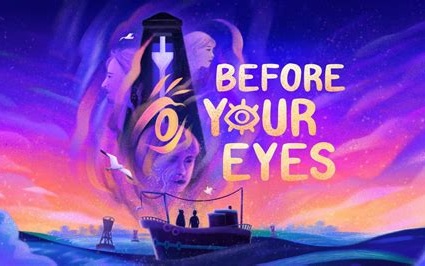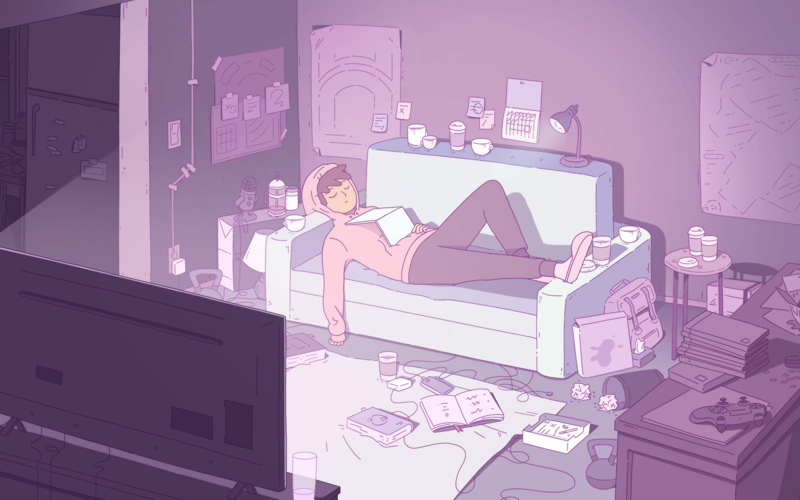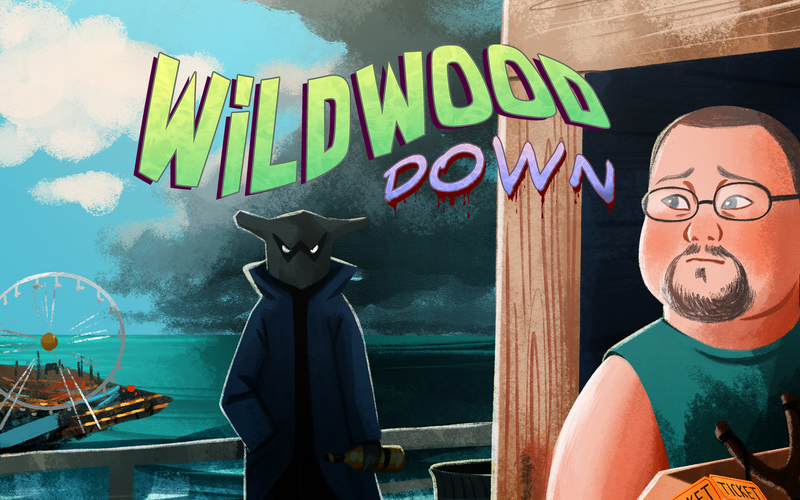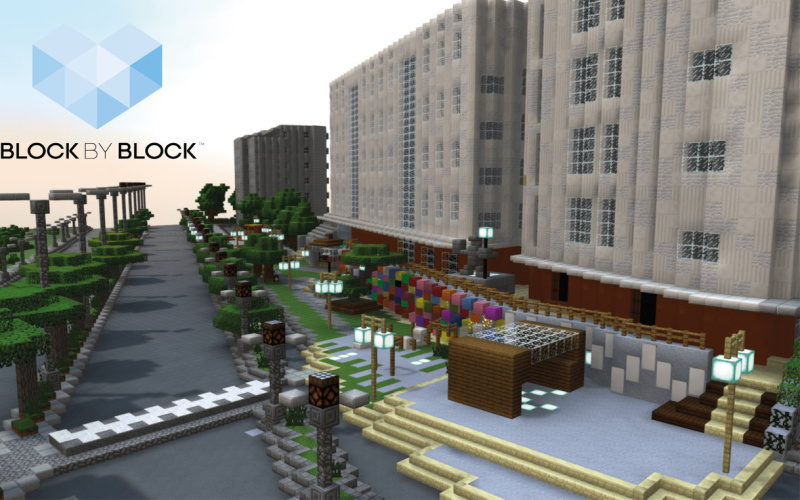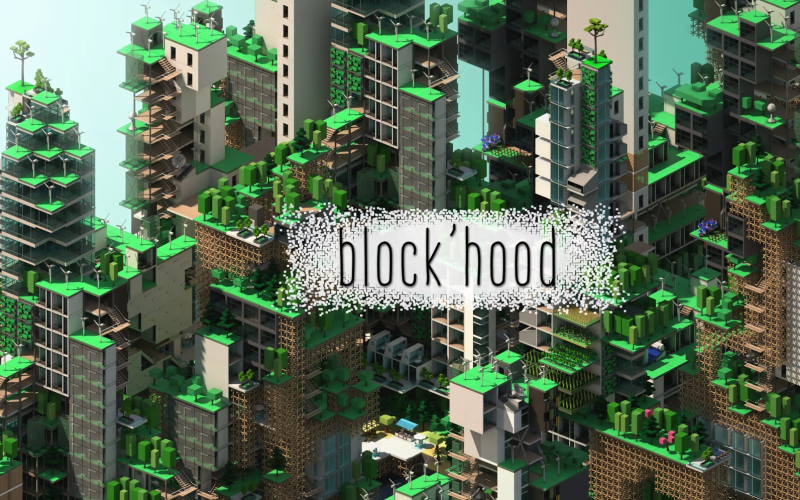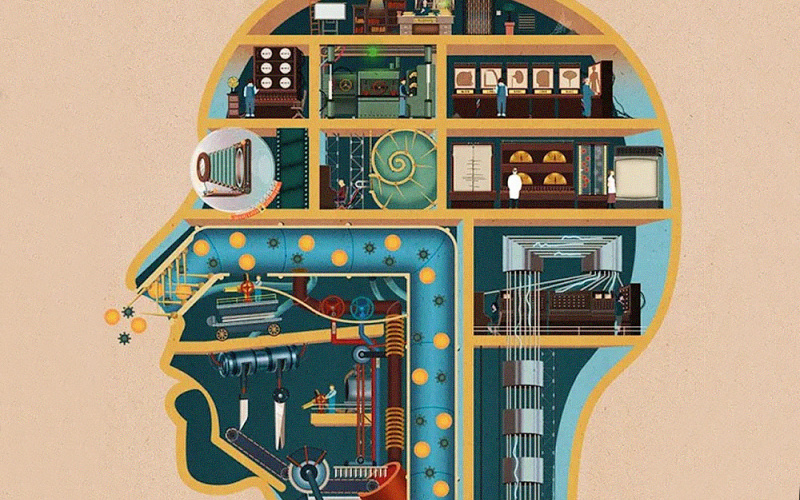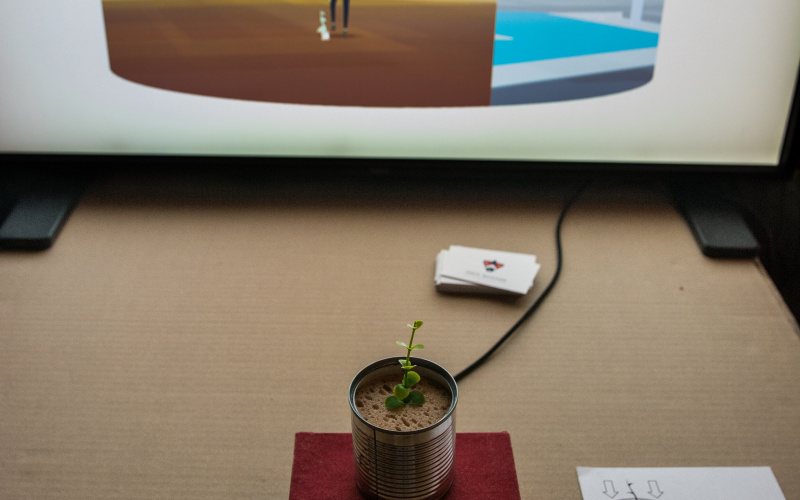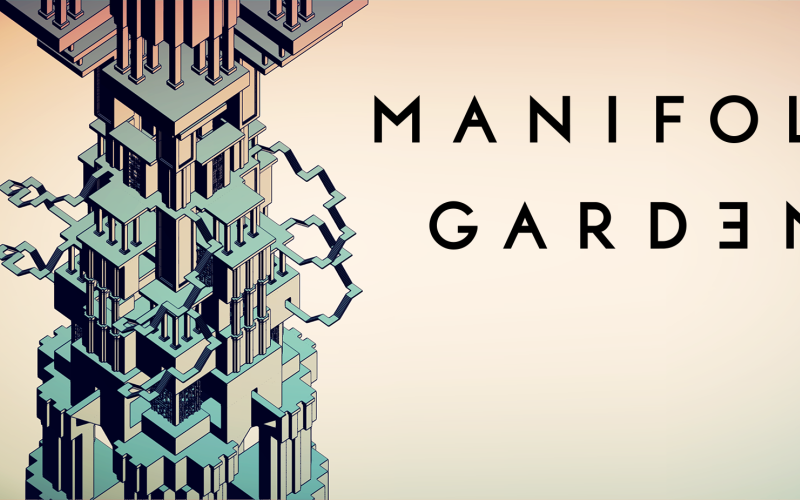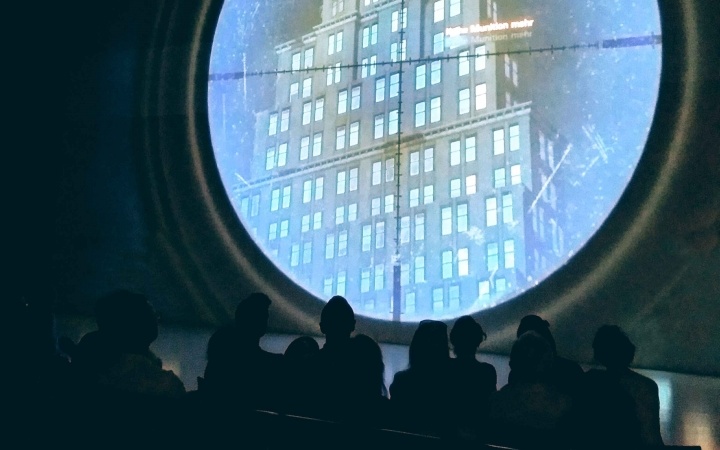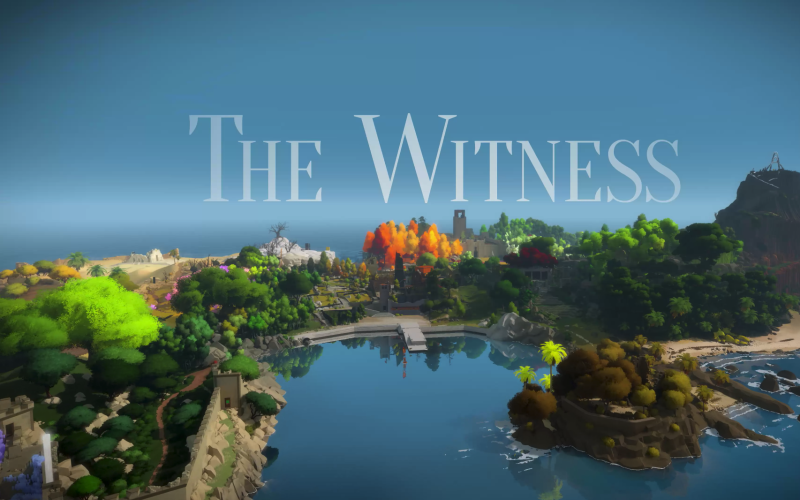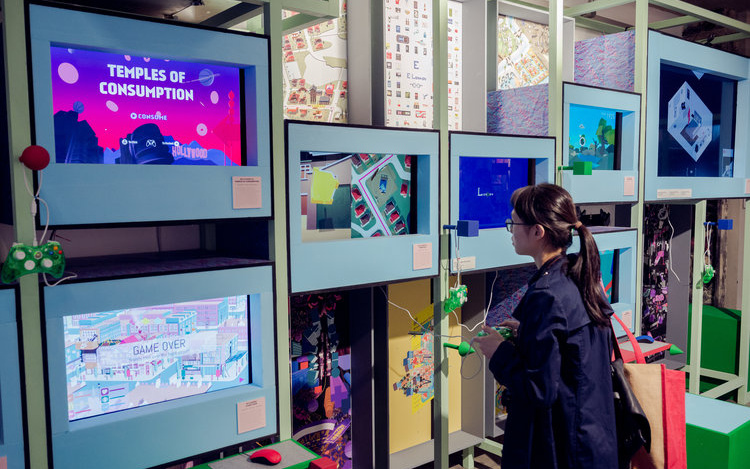Level & Games of the Exhibition
Level & Games of the Exhibition
Experience the history and present of computer games in »zkm_gameplay. the next level«
Video games are one of the most important entertainment media and one of the most interesting art forms of our time. Soon 50 years will have passed since the introduction of the first video game console and much has changed. This can be seen in its use: the computer game has become a phenomenon of mass culture. Over 40 percent of all Germans play regularly or occasionally. But there has also been a change in the design of games: For years, the medium has attracted numerous talented artists who develop unusual, aesthetically sophisticated games. By combining traditional art forms – graphics, film, animation, music, sculpture, and literature – computer games offer artists an unprecedented opportunity to communicate with the audience and inspire them.
Levels of the exhibition
level 1: retro
The history of computer games goes back to the middle of the twentieth century. The first experimental computer games were created in the 1950s by academics at various universities and research institutions in the USA. At the beginning of the 1970s, commercialization of the medium began: Amusement arcades with slot machines where you had to insert a coin before each game, became popular meeting places, especially in the USA. In Germany, arcade machines were also installed in many pubs and supermarkets. At this time, video game consoles also appeared on the market which allowed video games to be played in the home. In the 1980s, an entire generation discovered the world of computer games. Home computers came on the market which were affordable for average households, as well as small, portable game consoles, such as the Game Boy (1989), which thrilled gamers all over the world. Today, historic games, such as »Pong« (1972), »Pac-Man« (1980), »Super Mario Bros.« (1983), and »Tetris« (1989), are part of our visual culture.
level 2: new narratives
Whether literature, film, or radio play – well told stories take us into fascinating worlds that make us forget everyday life. Today, computer games are a narrative medium that combines techniques from literature, film, and acoustic art. To begin with, the story was told mainly using texts. Over the years, however, the game developers also oriented their approach on cinema films. Simple, preproduced video clips and voice recordings were added to the games. Today, the characters and their environment react to the players’ decisions. They can immerse themselves in the world of the game and are no longer merely readers, viewers, or listeners, but active storytellers.
level 3: creative & aesthetic games
Over the years, many conventions have been established in the game world, which are varied slightly over and over again. However, there are a number of small, independent companies – so-called indie studios – that develop new approaches with spectacular graphics and new game mechanics. The works presented here show how unusual ideas expand the possibilities of the medium, for example, by connecting virtual and physical space or by using novel interfaces.
level 4: political games
Today, computer games are the most influential cultural mass medium, and in the meantime they address every topic imaginable. In recent years, game developers have increasingly dealt with political topics and tested computer games as a medium for criticism and raising awareness. Here, however, conveying information does not impinge on the entertainment value of games or the joy of gaming. Political processes become more easily comprehensible, and adventures provide new insights into the lives of individuals and social groups about which we hardly know anything at all. In this context, the exhibition also features games created at game jams organized by the Goethe-Institut all over the world.
level 5: in the spotlight:
playABLE
Video games are popular around the world - but not everyone can enjoy them fully. Barriers in controls, presentation or design make access difficult for many people. But there are solutions: From adjustable game settings and difficulty levels to personalisable controllers.
playABLE focuses on accessibility in and around games. The new Level 5 presents games that break down barriers through innovative approaches. For example, they are very easy to control, allow the level of difficulty to be adjusted or are playable for people with visual impairments. At the same time, the new level addresses the importance of representation and inclusion of people with disabilities in game development.
ZKM AppArtAward
From 2011 to 2017, the ZKM awarded the AppArtAward annually to the best artistic developments in the field of applications for smartphones and tablets.
